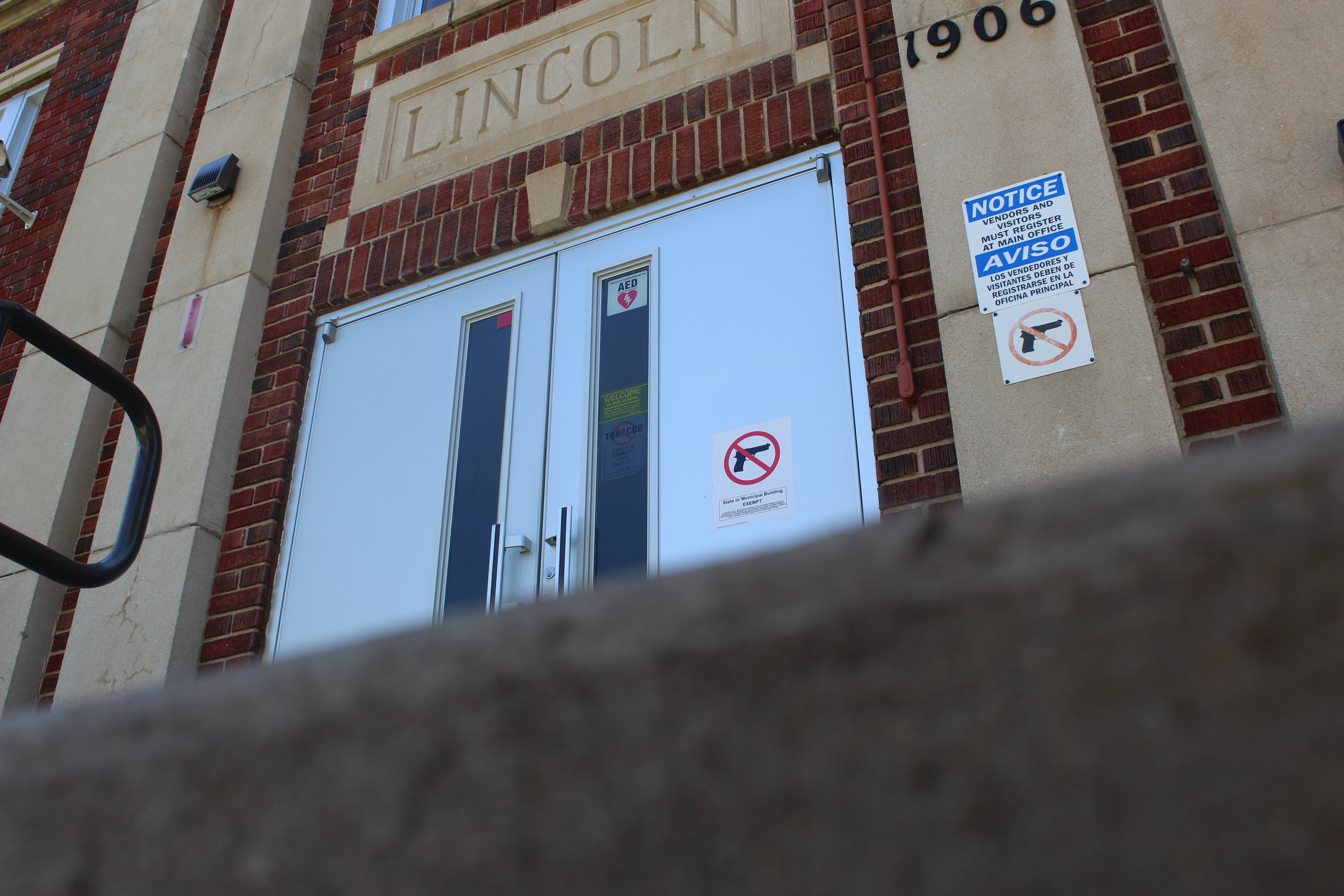
By CRISTINA JANNEY
Hays Post
Imagine being a small child. You are excited to go to your neighborhood school.
But you can’t.
Why? You can’t even get to the front door.
The Americans With Disabilities Act was passed 27 years ago, but the Hays school district has several schools that lack basic accommodations for students with disabilities.
There are only two buildings in the district that are considered fully ADA compliant — the high school and middle school.
Most of the buildings have stairs, small classrooms that are difficult to maneuver in a wheelchair and bathrooms that don’t meet modern ADA standards.
The Hays school district is looking at ways it can bring more schools into compliance with the ADA with proposed bond issue that will likely go to the school board for consideration later this month.
The district has placed an emphasis on elementary schools in its bond planning. It hopes to include a new elementary school in the bond.
This in part would replace Lincoln, which is not handicap accessible and would be very difficult to retrofit to meet modern education needs.
No children with significant mobility issues can be placed at Lincoln.
The building has stairs at its main entrance and stairs that lead to its cafeteria in the basement, which also doubles as a storm shelter.
“The issue is money,” Superintendent John Thissen said. “If it had not been for money, something would have been done to it 20 years ago or 30 years ago. Most of our buildings were built before handicap accessibility requirements came into affect.”
Special education programs have been placed at Wilson and Roosevelt elementaries for this reason.
However, Roosevelt also uses its basement as a storm shelter and must be accessed by stairs.
The district would like to add more accessible storm shelters on the ground floor of the older buildings that could double as classroom or gym space.
Early Childhood Connections at the former Washington School and the Westside program both have limitations on how space can be used because of stairs.
At Washington, all classes have to be conducted on the ground floor because of Head Start requirements. There are upper-level offices, but they have to be accessed by stairs.
“ECC is not handicap accessible,” Thissen said. “If we hired someone with a disability, they couldn’t get to their office upstairs. I don’t know what we would do. We would have to make arrangements.”
The Westside program conducts classes for younger students on the lower floor and classes for older students on the upper floor.
Although this program is typically for students with emotional disabilities, Raj Sharma, special education director, acknowledged having a student in that program with a mobility problem would be an issue.

The district’s offices at Rockwell Administration Center have to be accessed by stairs. If a parent or guardian with a mobility issue needs to have a meeting with administrators, the meeting has to be moved to the lower floor of the building.
The Learning Center students with mobility issues have to use an alternative entrance, which Thissen said can be very inconvenient for the students.
At this point, the district is making accommodations for students, staff and visitors with mobility issues. The district is meeting the legal requirements of the ADA, but the accessibility issues create challenges.
“We have to maneuver and make changes every year,” Sharma said.
If the district would embark on renovations or new construction, the facilities would have to meet modern ADA requirements.
What Sharma envisions for the new construction is universal design, which takes into consideration the needs of all students.
Instead of isolating children with special needs, Sharma would like to see more opportunities for inclusion.
This means not only making buildings and bathrooms accessible for students with mobility problems, but making cafeterias friendly for autistic students. It could mean including a push-button door opener that could be used by students of all abilities.
“It is all about inclusion in the mainstream with their peers. They should be able to use the same gym, cafeteria or football field,” Sharma said. “I think we need to think universal and have a universal model.”
Accessibility is an issue that needs to be brought to the attention of the wider community, Thissen said and is “the right thing to do.”
“A lot of people think very little about this until it is their child or mother or niece or nephew that is affected,” Thissen said. “Then it becomes very real.”
